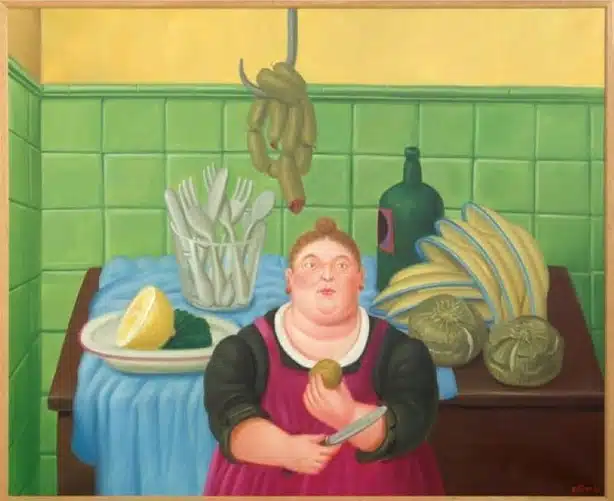
Unmistakable brand: Boterism
Fernando Botero was a Colombian painter, sculptor, and draftsman, recognized worldwide for his unique style characterized by the monumentality and vo
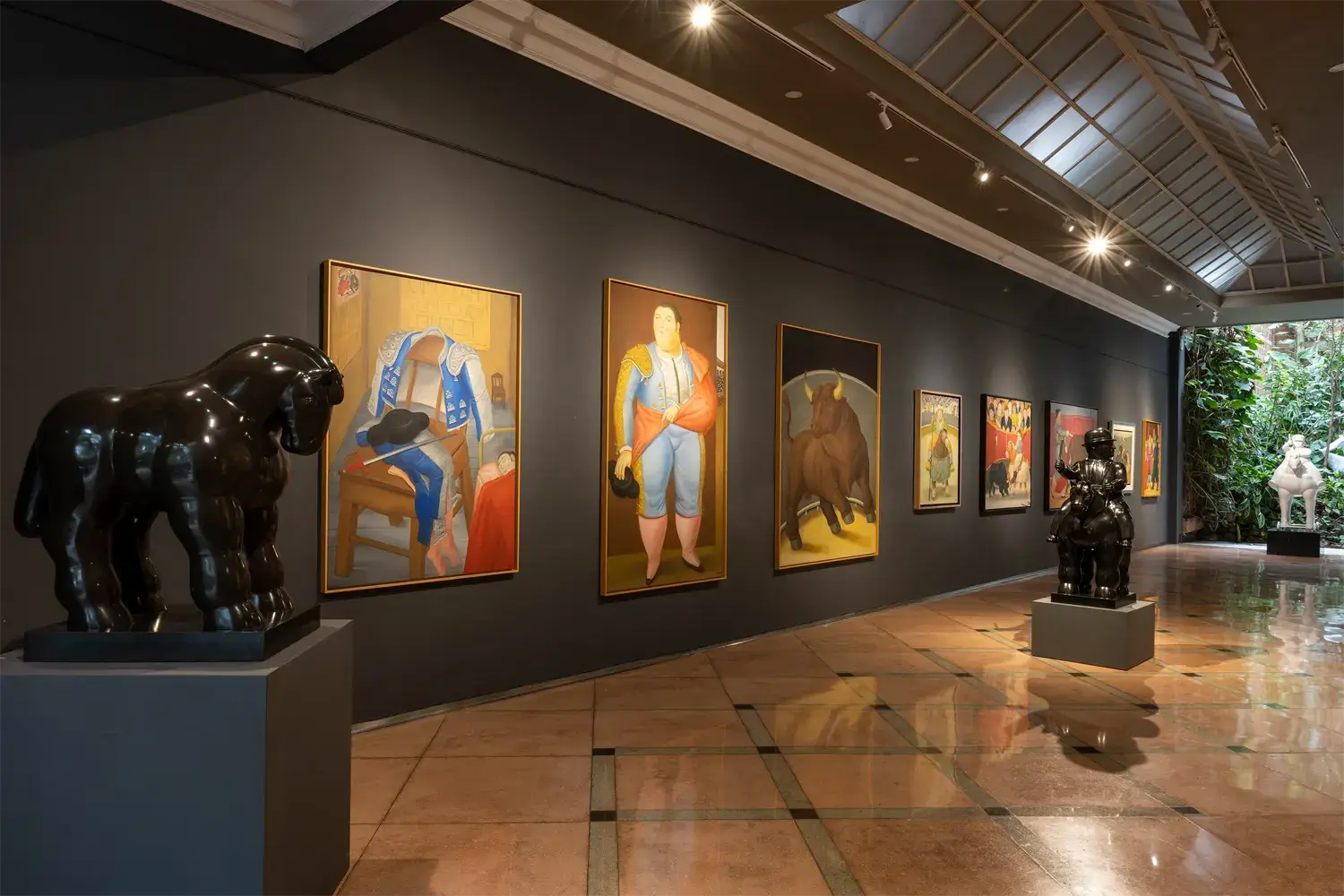
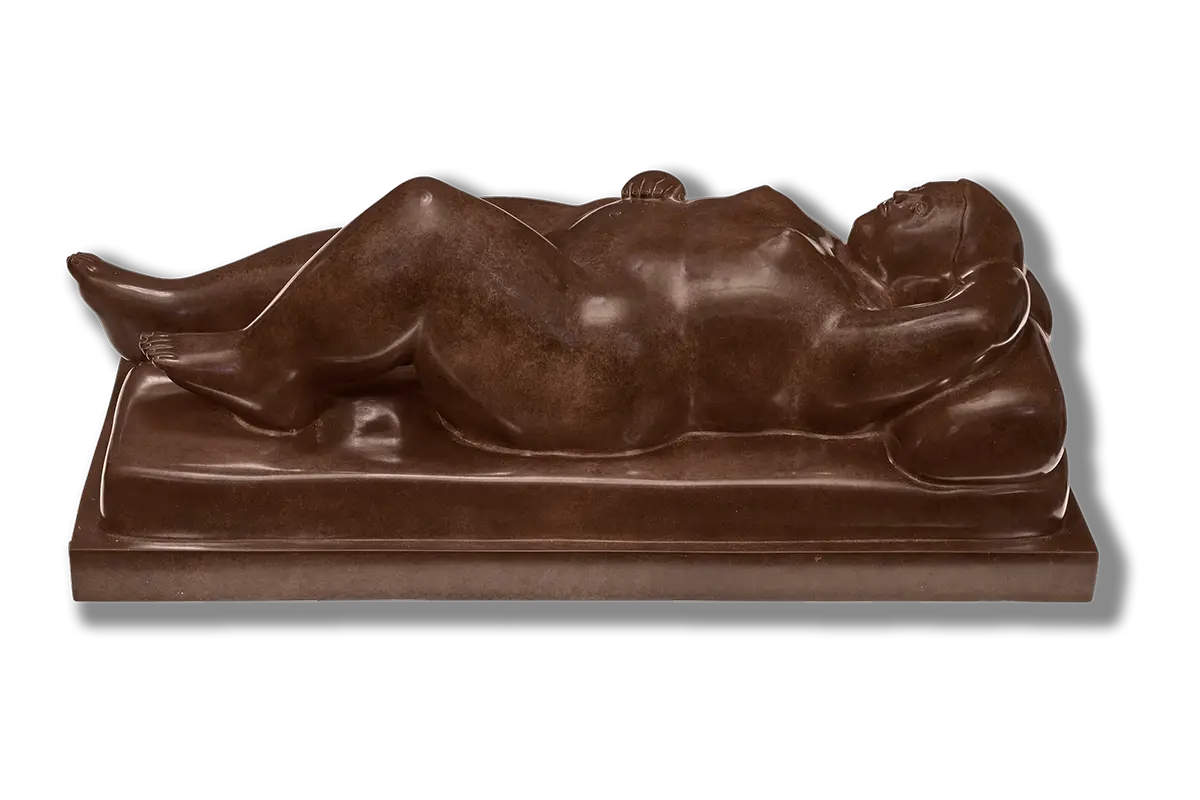
Bronze
26.7 x 69.9 x 32.4 cm (26.7 x 69.9 x 32.4 cm)
10 1/2 x 27 1/2 x 12 3/4 in
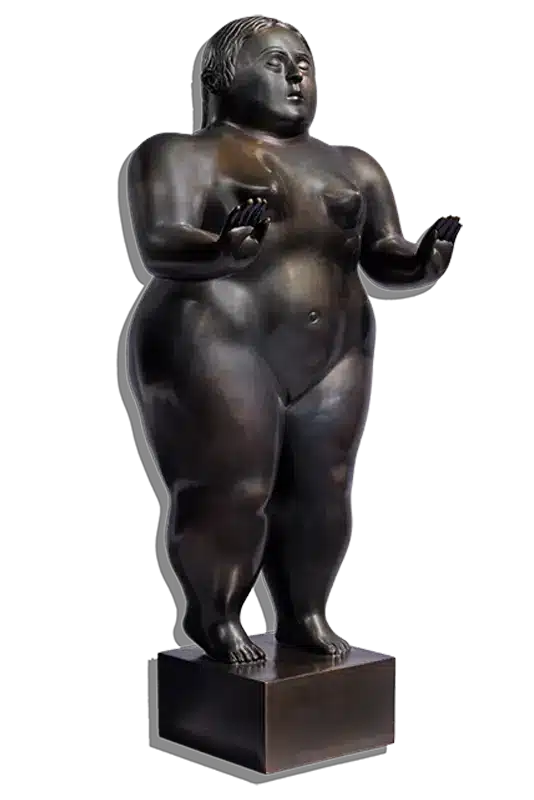
Bronze
63 x 29 x 23 cm
24 3/4 x 11 3/8 x 9 in
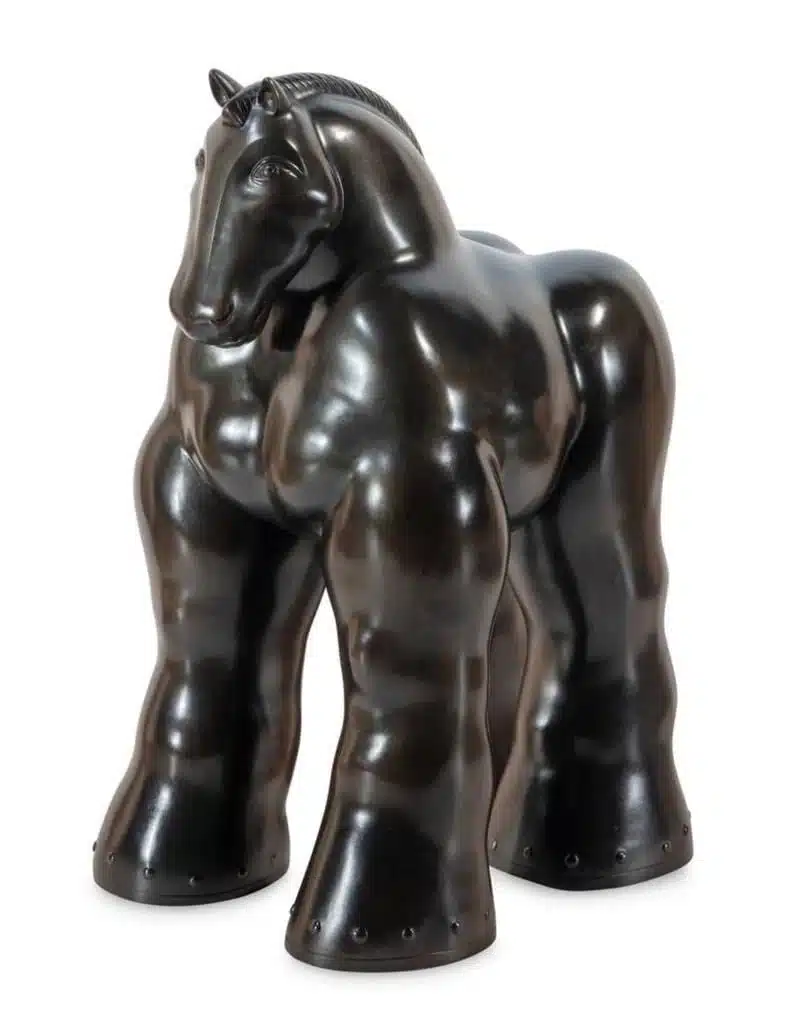
Bronze
52.1 x 31.8 x 26 cm
20 1/2 x 12 1/2 x 10 1/4 in

Oil on canvas
101 x 131 cm
39 3/4 x 51 5/8 in
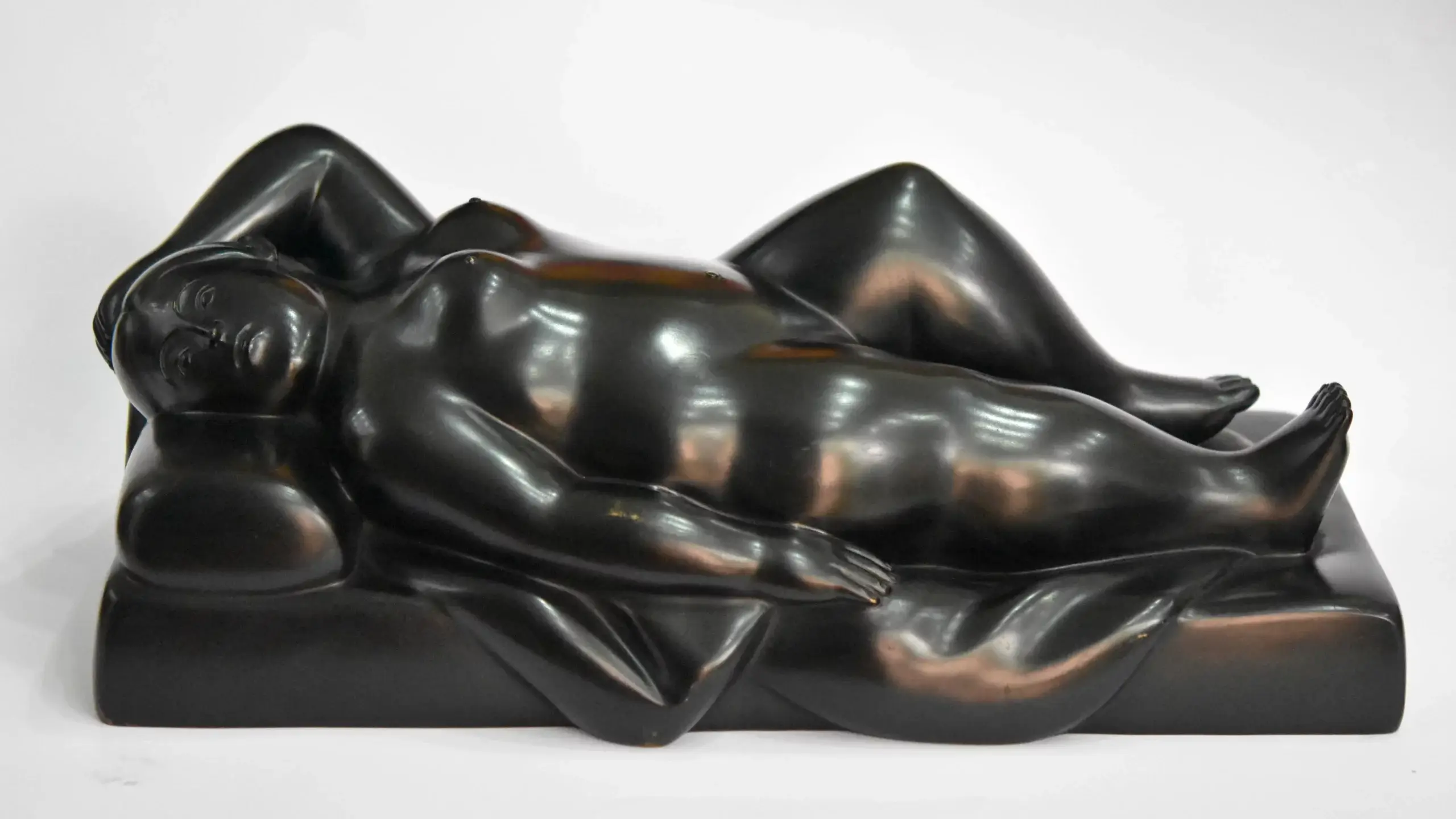
Bronze
20 x 54 x 26 cm
7 7/8 x 21 1/4 x 10 1/4 in.
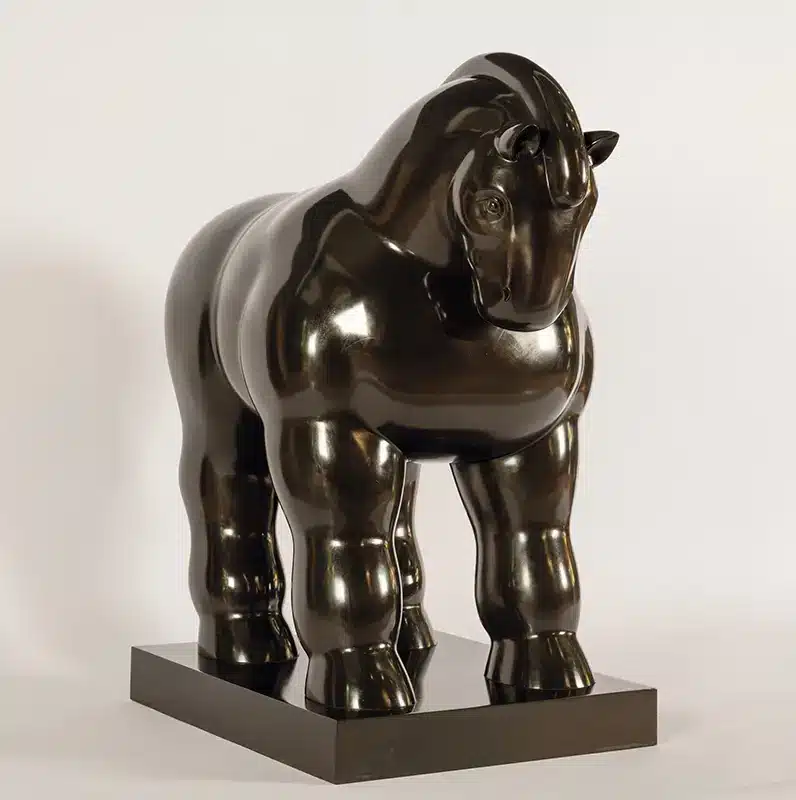
Bronze
94 x 50 x 91 cm
37 x 19 3/4 x 35 7/8 in
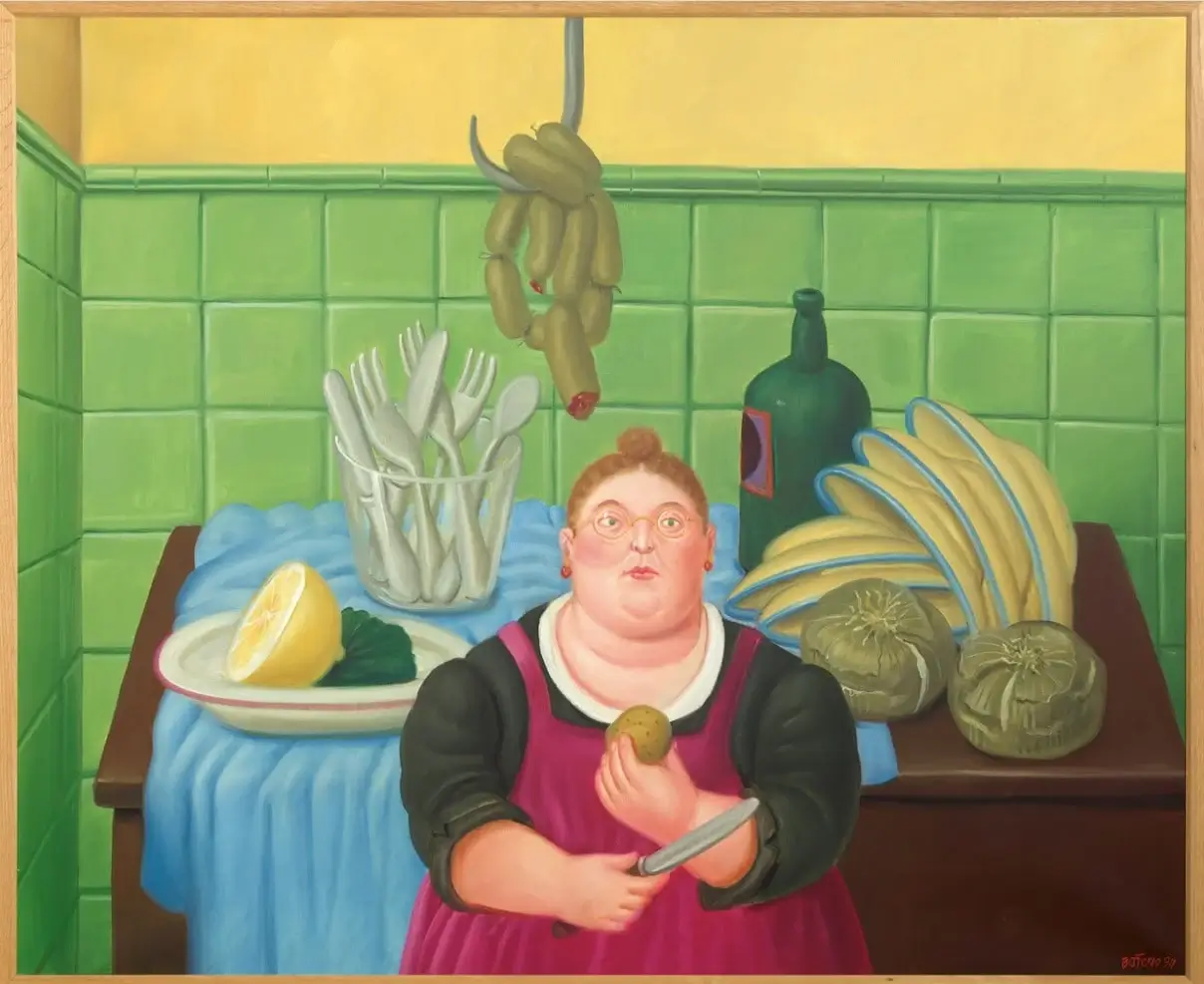
Oil on canvas
101 x 123 cm
39 3/4 x 48 3/8 in
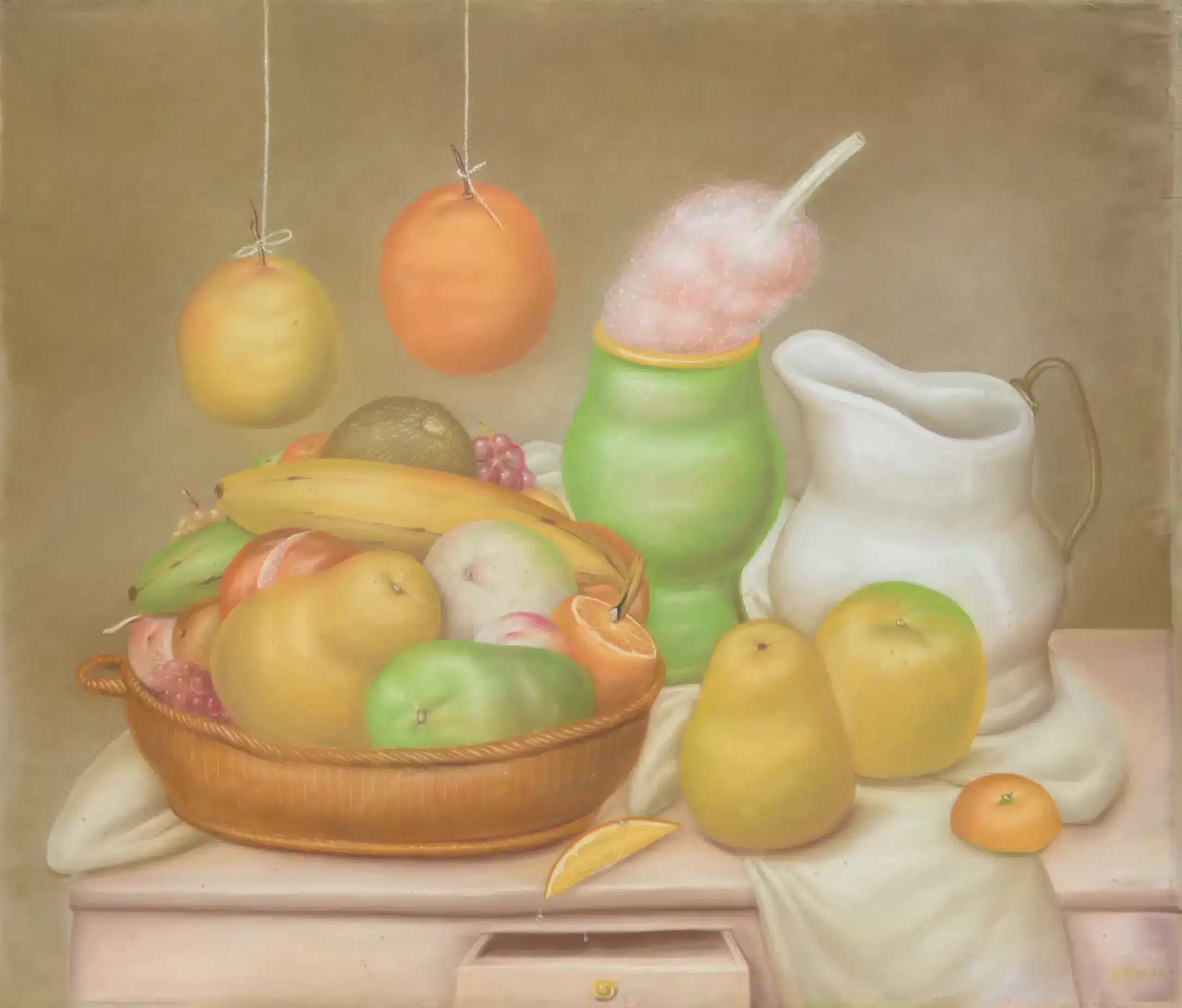
Pastel on paper
117 x 140 cm
46 1/8 x 55 1/8 in
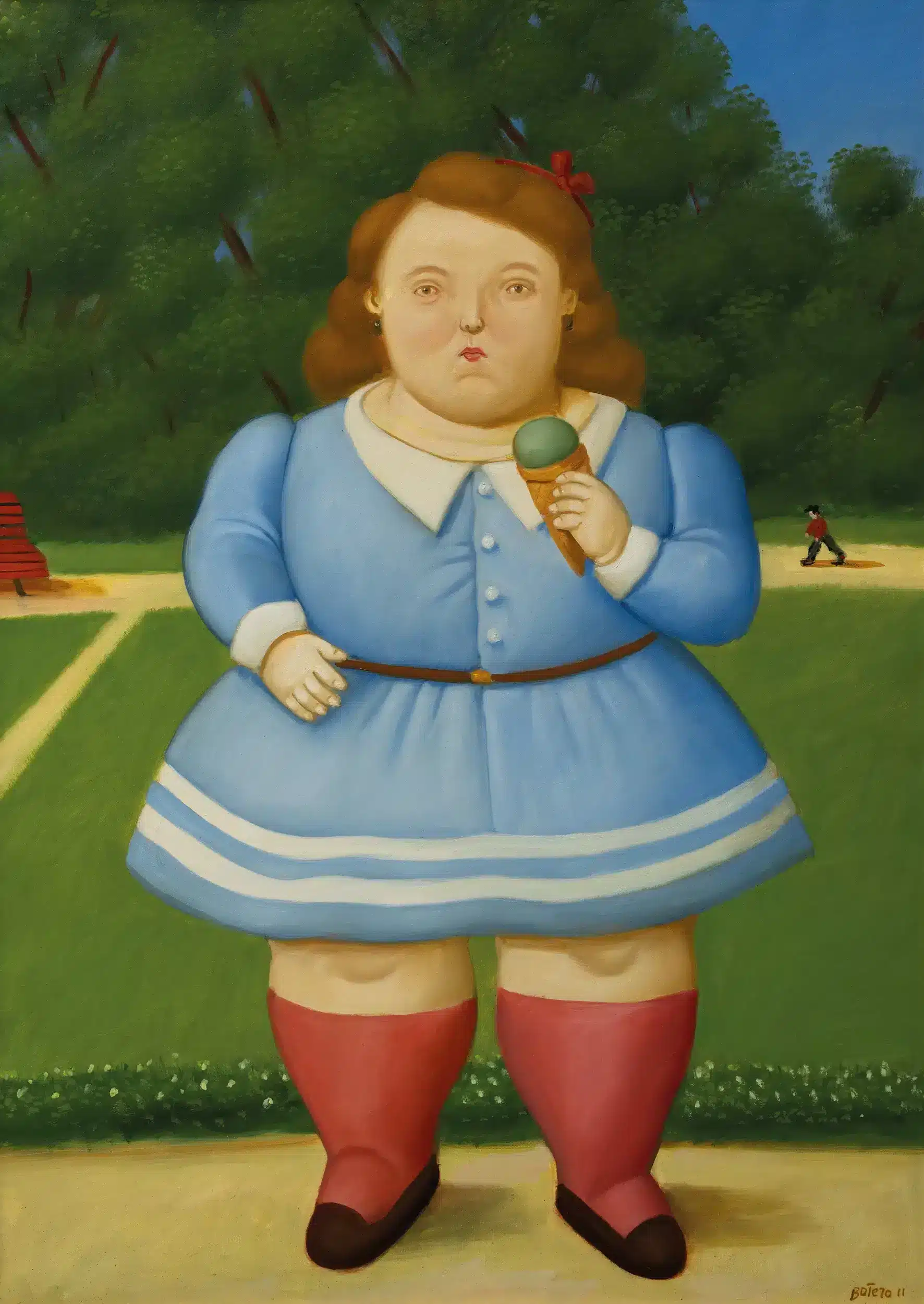
Oil on canvas
98 x 70 cm
38 5/8 x 27 1/2 in
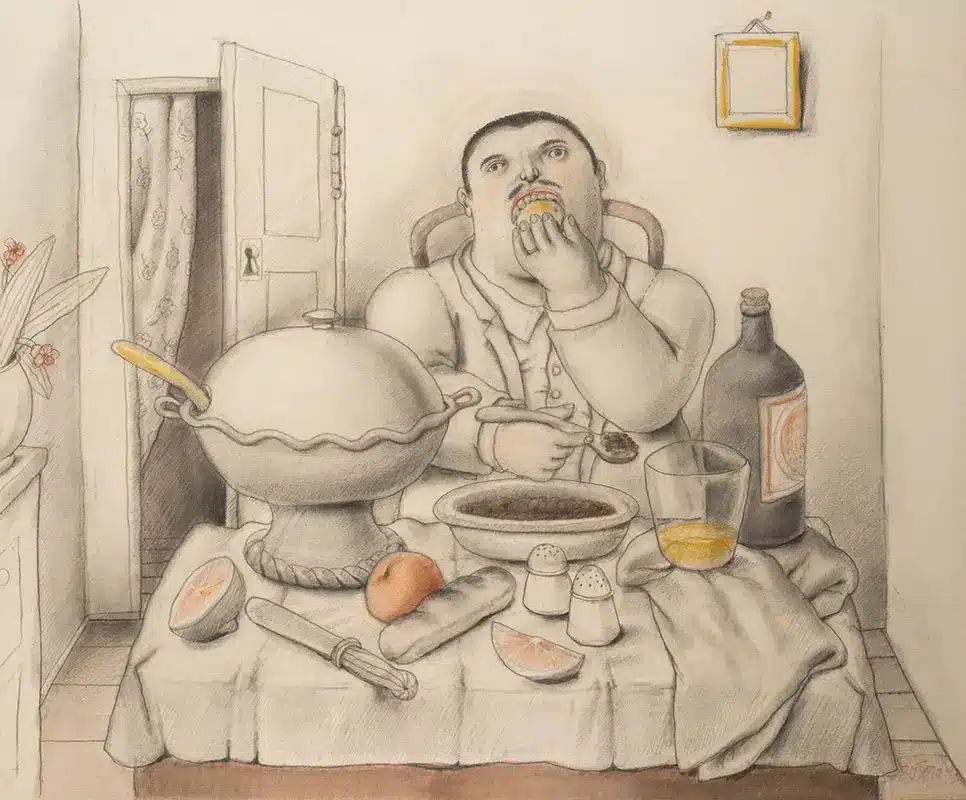
Pencil, charcoal and watercolor on canvas
102 x 123 cm
40 1/8 x 48 3/8 in

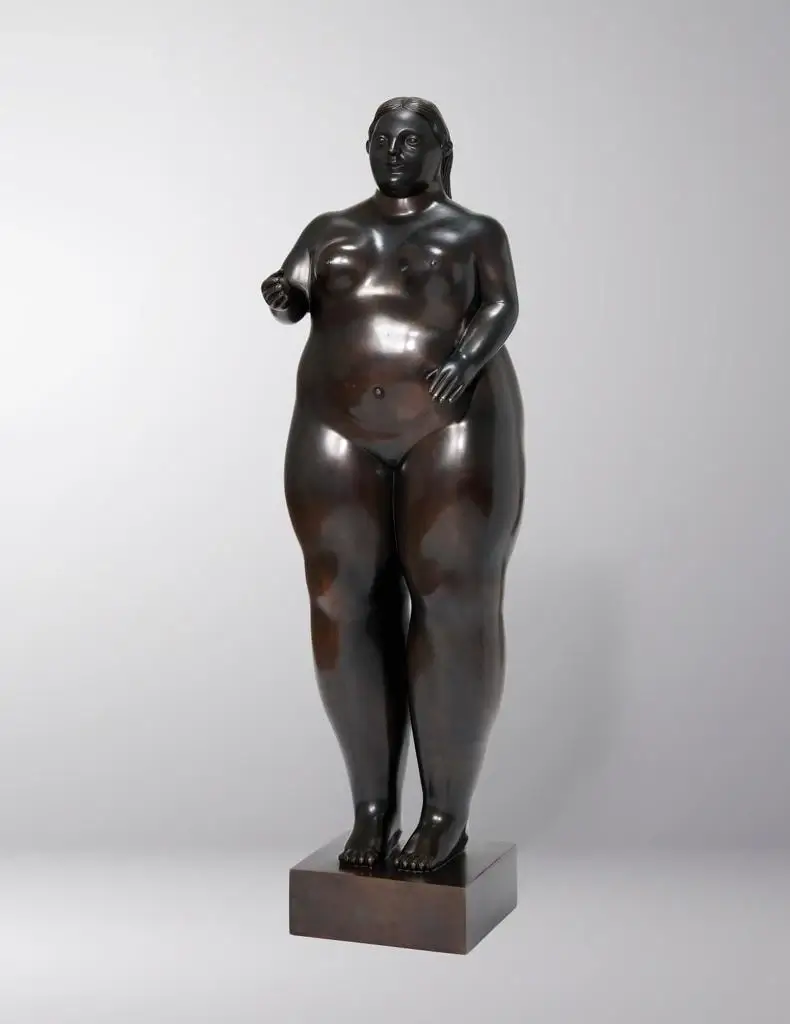
Bronze
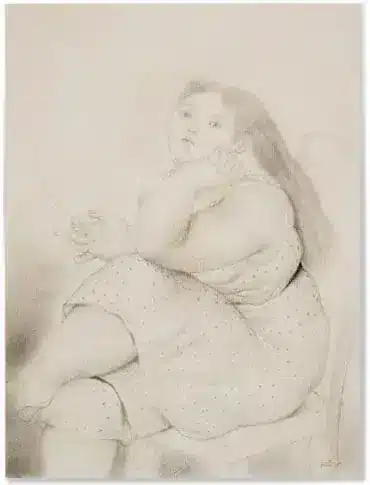
Pencil on paper
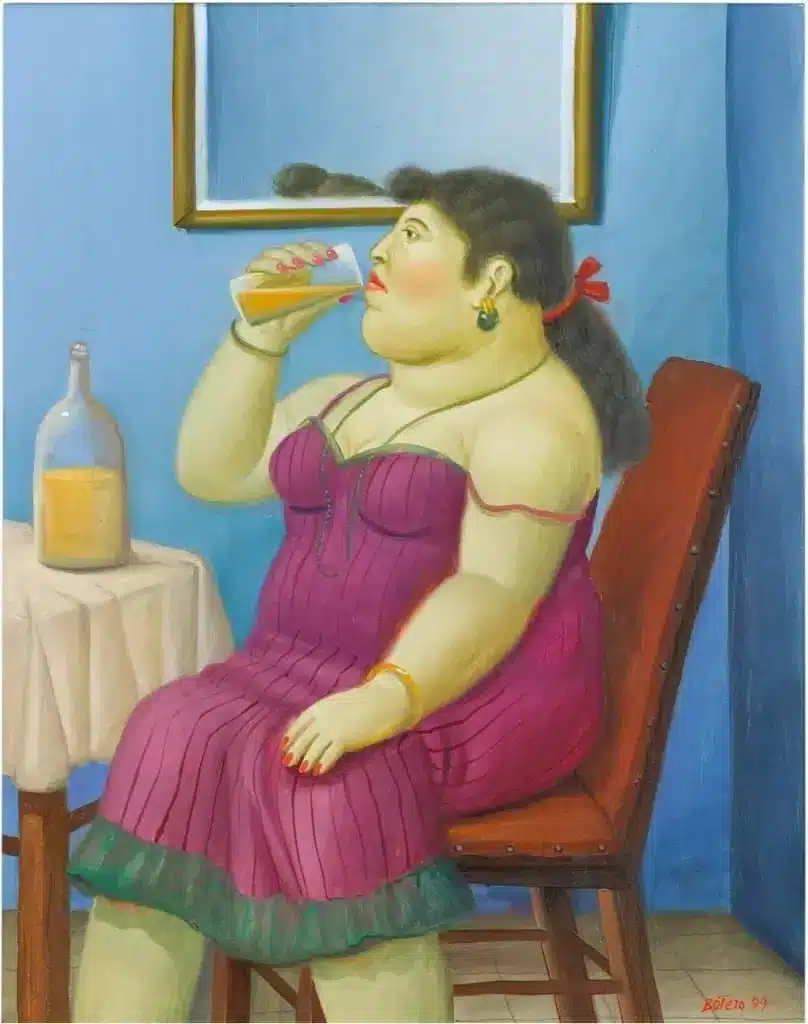
Oil on canvas
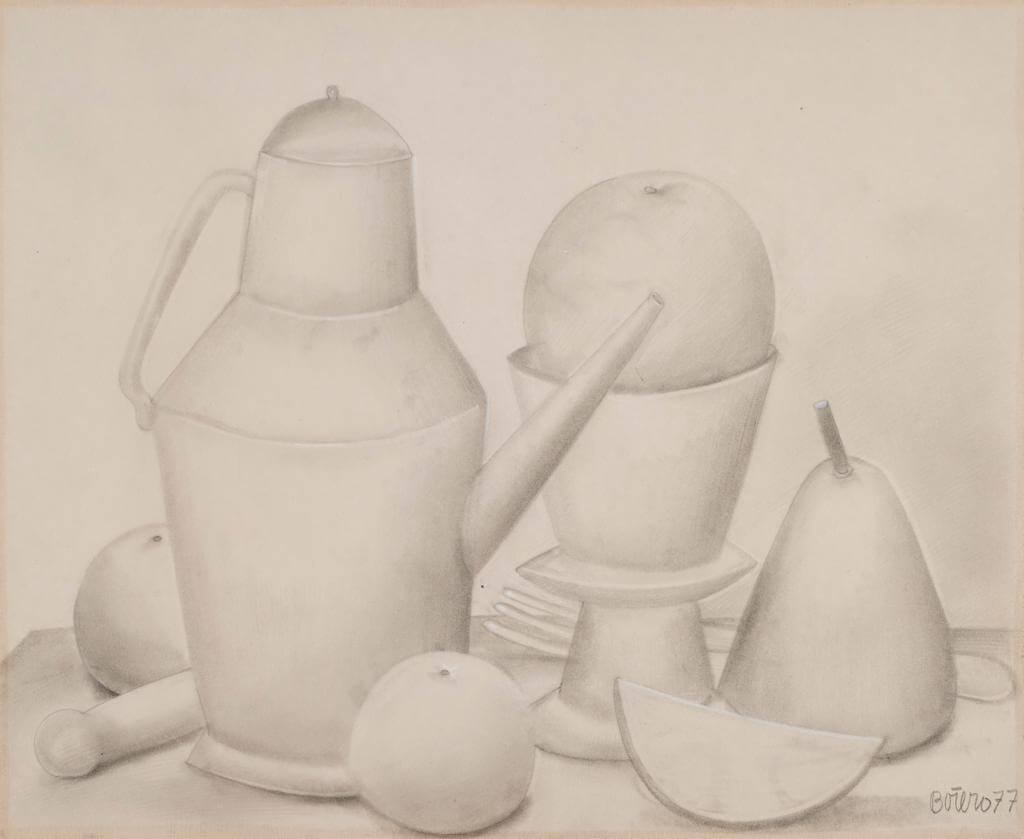
Pencil and gouache on paper
35.2 x 43.4 cm
13 7/8 x 17 1/8 in
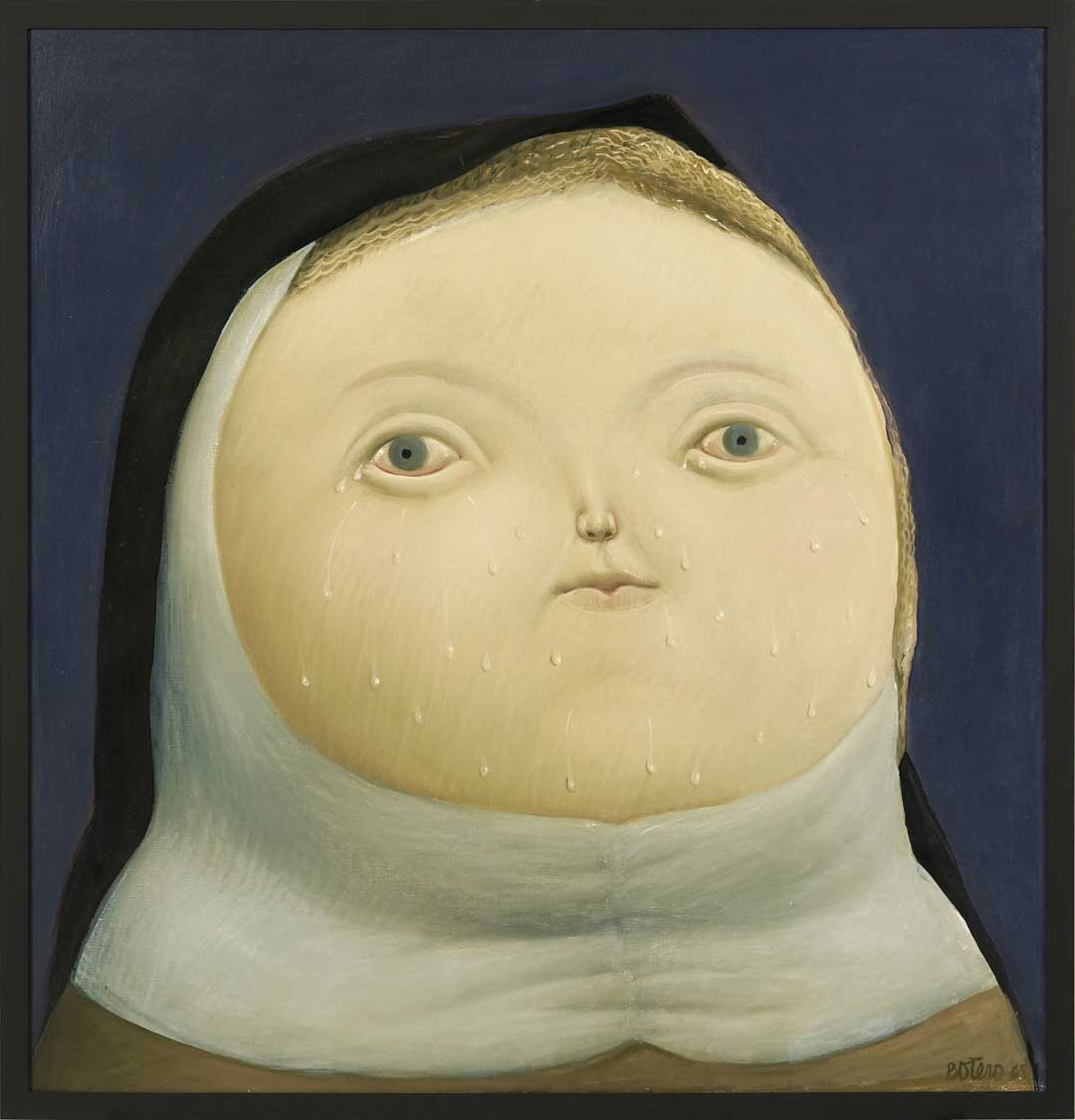
Oil on canvas
115 x 110 cm
45 1/4 x 43 1/4 in
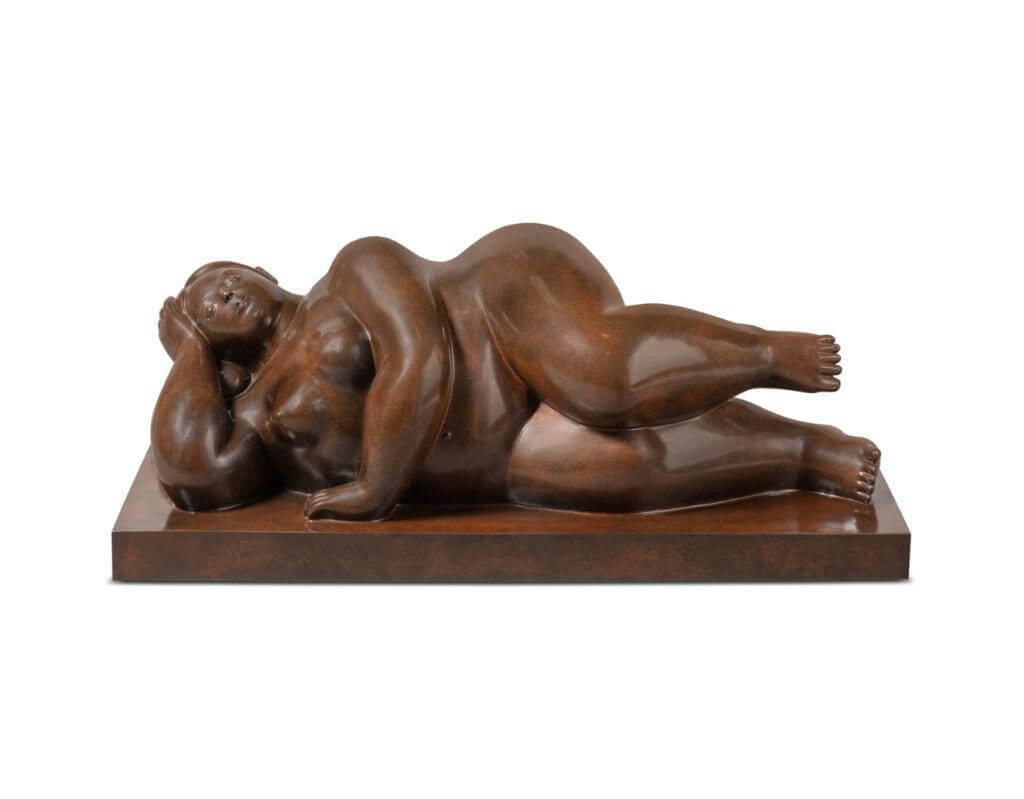
Bronze
114.3 x 47.6 x 48.3 cm
45 x 18 3/4 x 19 in
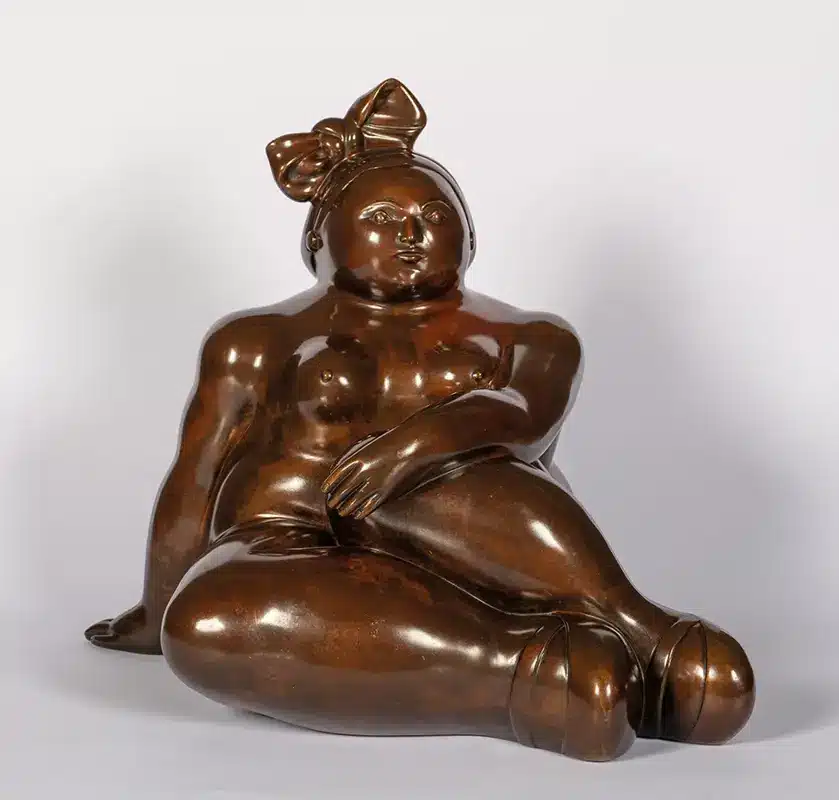
Bronze
31.5 x 39.5 x 31 cm
12 3/8 x 15 1/2 x 12 1/4 in
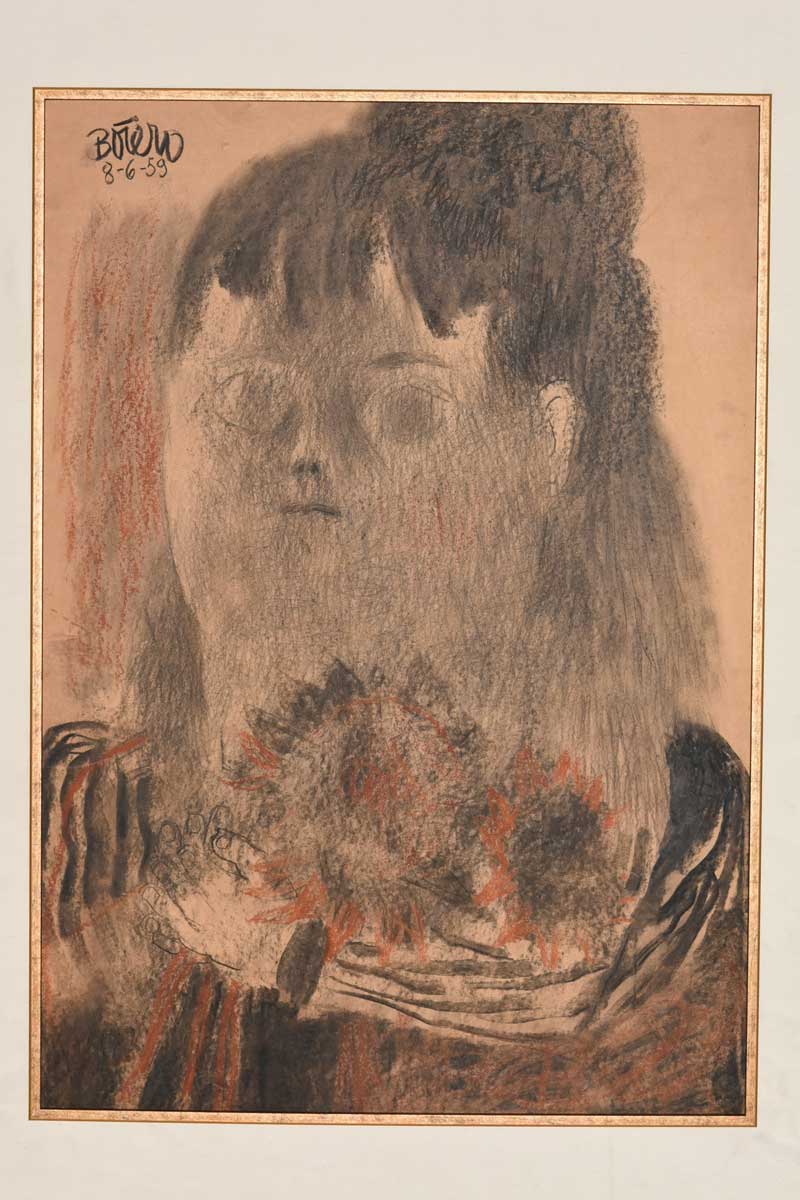
Charcoal, graphite and crayon on cardboard
129 x 91 cm
50 3/4 x 35 7/8 in

Bronze
44 x 24 x 17 cm
17 3/8 x 9 1/2 x 6 3/4 in
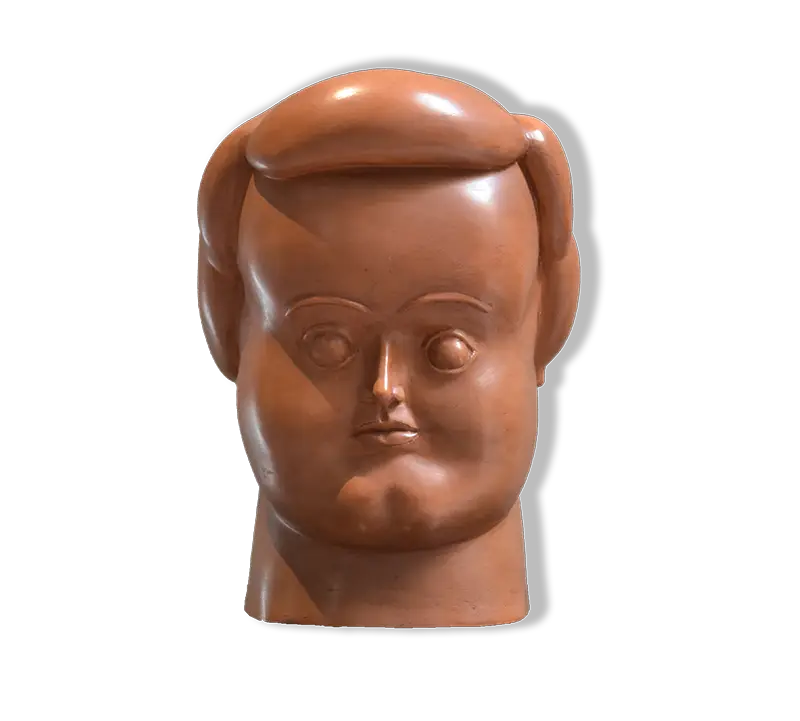
Terracotta
44 x 34 x 30 cm
17 3/8 x 13 3/8 x 11 3/4 in
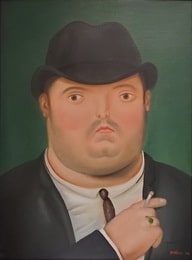
Oil on canvas
62.5 x 45.5 cm
24 5/8 x 17 7/8 in
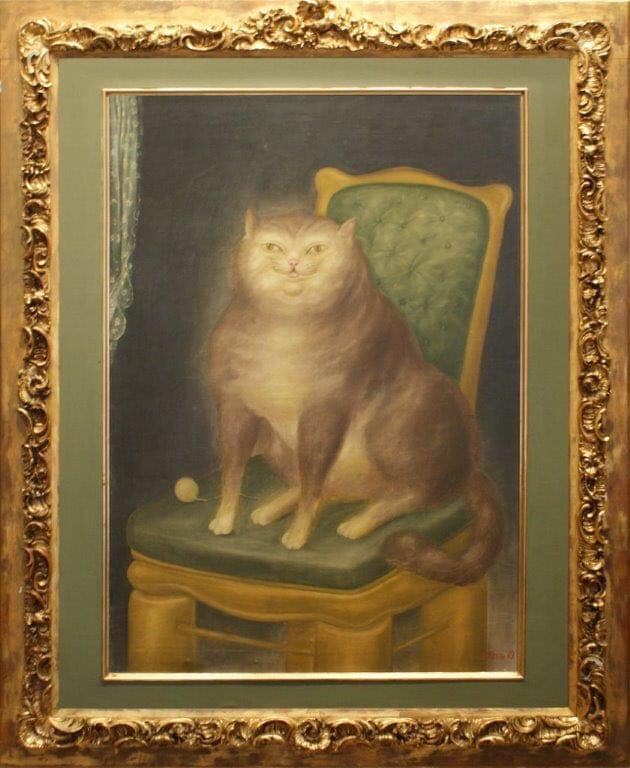
Oil on canvas
136 x 96 cm
53 1/2 x 37 3/4 in
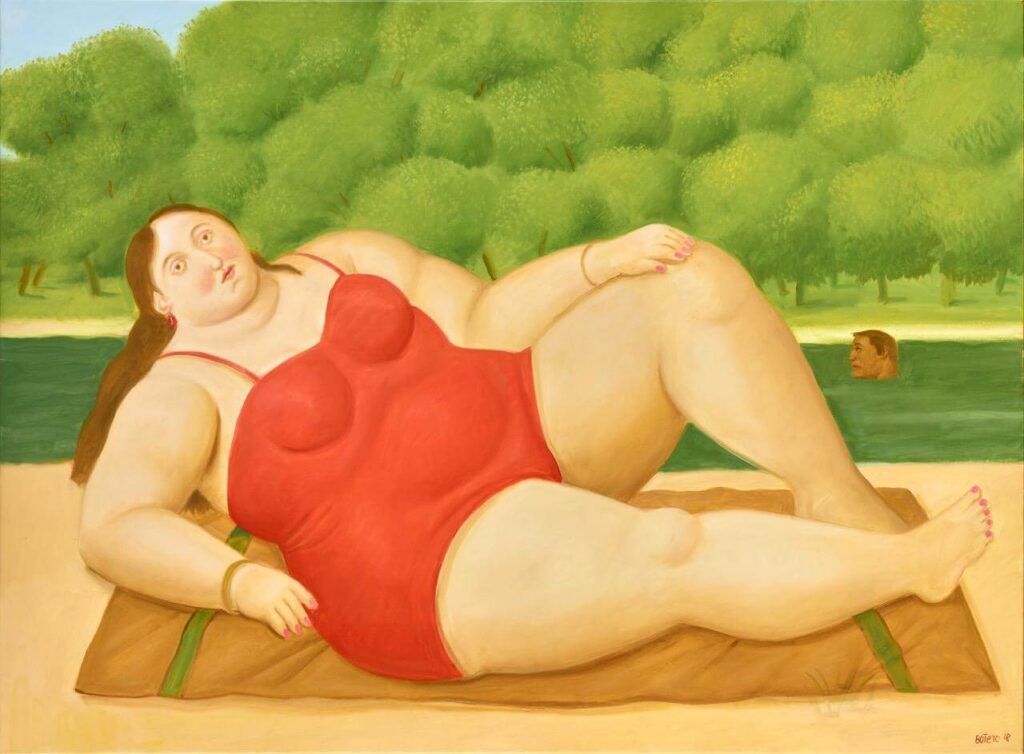
Oil on canvas
99 x 134 cm
39 x 52 3/4 in
Fernando Botero was a renowned Colombian painter and sculptor, known for his volumetric stylization of figures and objects. His work encompasses themes such as everyday life in Colombia, artistic historical references and abuses of power, all unified by his exaggeratedly rotund figures. This stylization, known as “Boterism”.
He was born in Medellín on April 19, 1932, the second of three children of David Botero Mejía and Flora Angulo de Botero. From an early age, he was influenced by the baroque style of colonial churches. He began his primary education at the Ateneo Antioqueño and continued his secondary education at the Bolivar School.
Driven by his family, Botero developed a deep appreciation for bullfighting since childhood, which led him to explore drawing.
At the age of 16, he got his first job as an illustrator for the newspaper El Colombiano. After finishing high school in Medellín, he moved to Bogotá in 1951. There, he held his first individual exhibition of watercolors, gouaches, inks and oils. His first works of portraits and landscapes showed a very loose brushstroke.
In the early 1960s, Botero settled in New York, where his paintings were very successful in the U.S. art market.
In 1952, he won second prize at the IX National Artists’ Salon with the painting “Frente al mar”. Subsequently, he traveled to Europe to continue his artistic training, residing for approximately four years in cities such as Madrid, Barcelona, Paris and Florence.
Between 1961 and 1973, he took up residence in New York. He would later live in Paris, alternating his stay in the French capital with extended periods in Pietrasanta and his estate in the Cundinamarca town of Tabio. Around 1964, Botero ventured for the first time into the field of sculpture.
For several decades, Botero was one of the most important living artists internationally. After seven decades of artistic career, he became the most recognized living artist in the world, the most published, with the largest number of institutional and museum exhibitions, as well as the most expensive and most transacted living Latin American artist.
From his work emerges an artistic movement, Boterism, which consists of distorting dimensions and working with large volumes.
Fernando Botero passed away on September 15, 2023 at his home in Monaco.

Fernando Botero was a Colombian painter, sculptor, and draftsman, recognized worldwide for his unique style characterized by the monumentality and vo
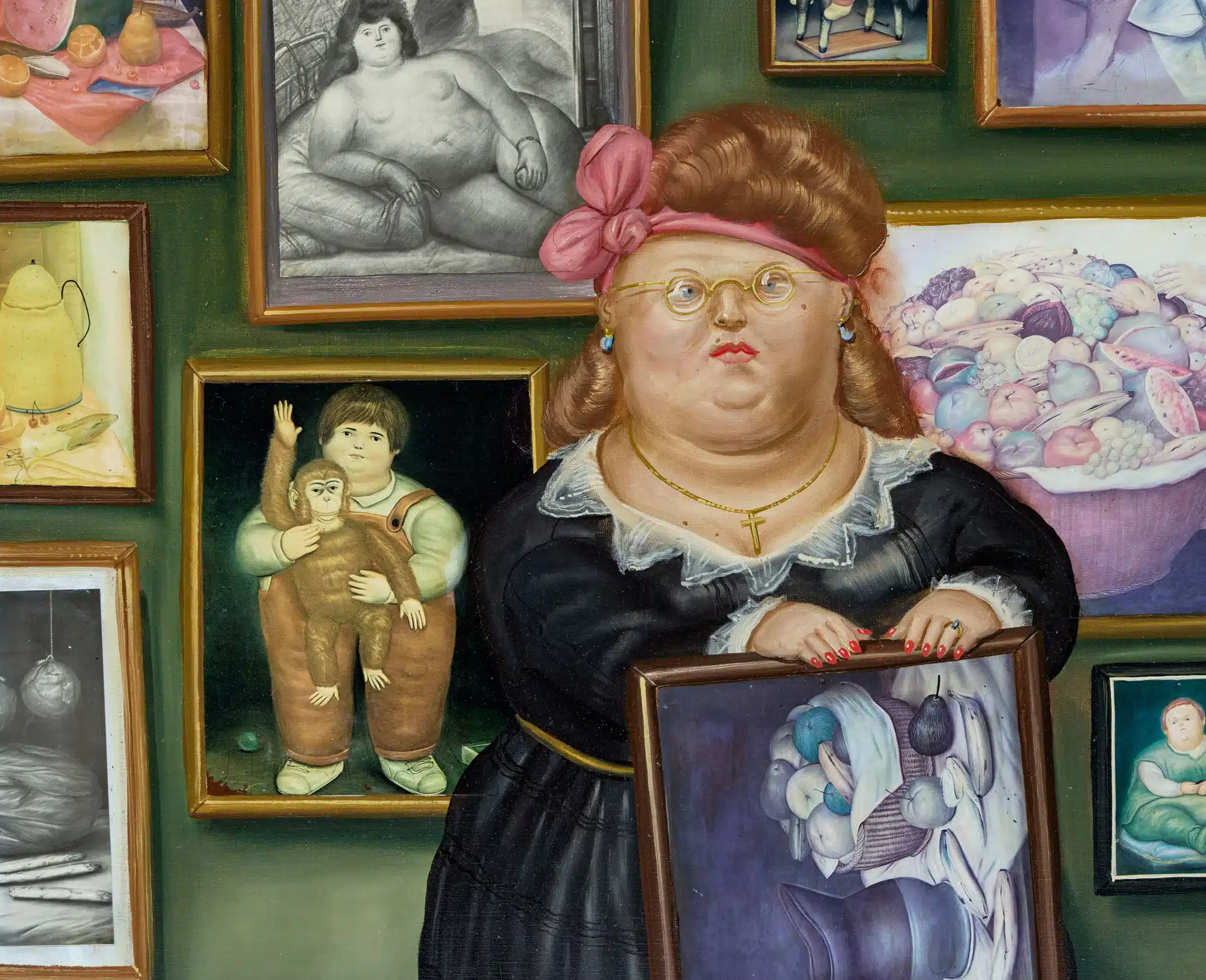
On March 1, 2023, the auction “My friend Fernando Botero” was held in Sotheby’s, standing out as an event in which works were auctioned, mostly were
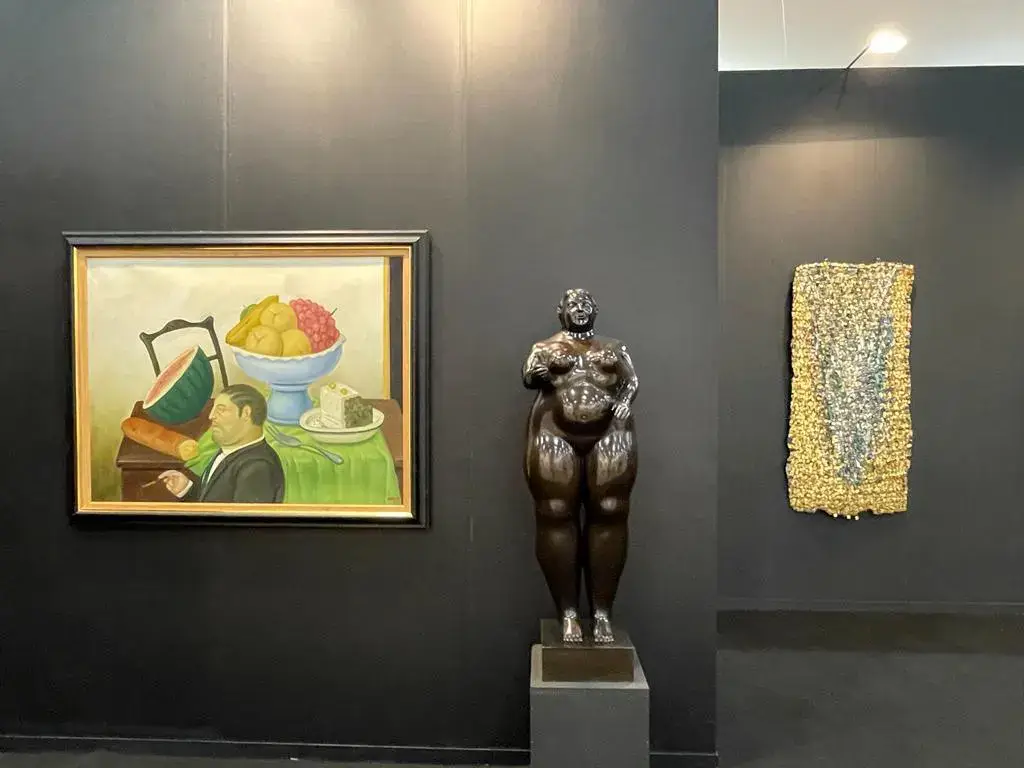
The Duque Arango Gallery announces its participation in what has positioned itself as the most important art fair in Latin America: Zona Maco. Zon
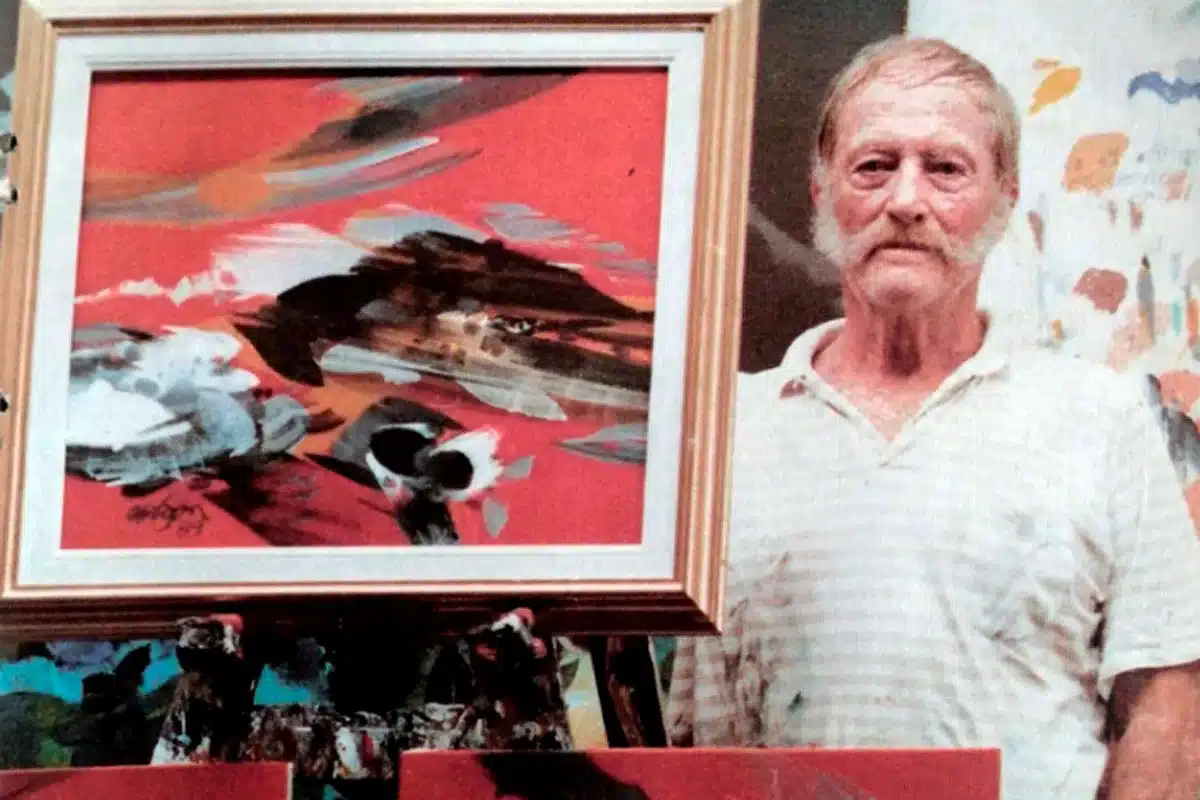
Fernando Botero Born in Medellín in 1932, Botero developed a passion for art at a young age. He studied at the Academy of Fine Arts in
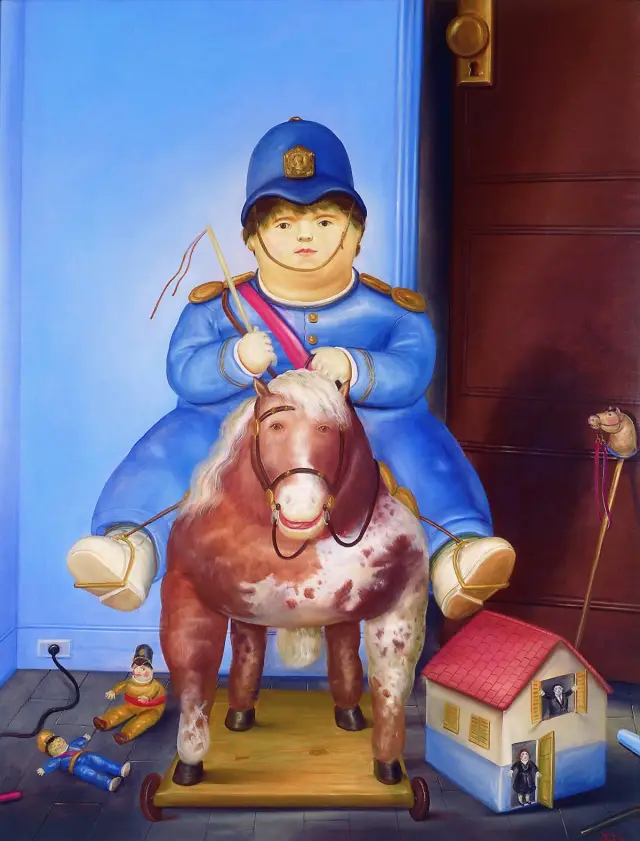
“Pedrito a caballo” was the favorite artwork of the master Fernando Botero, the one he loved the most, but also the one that caused him the most pa
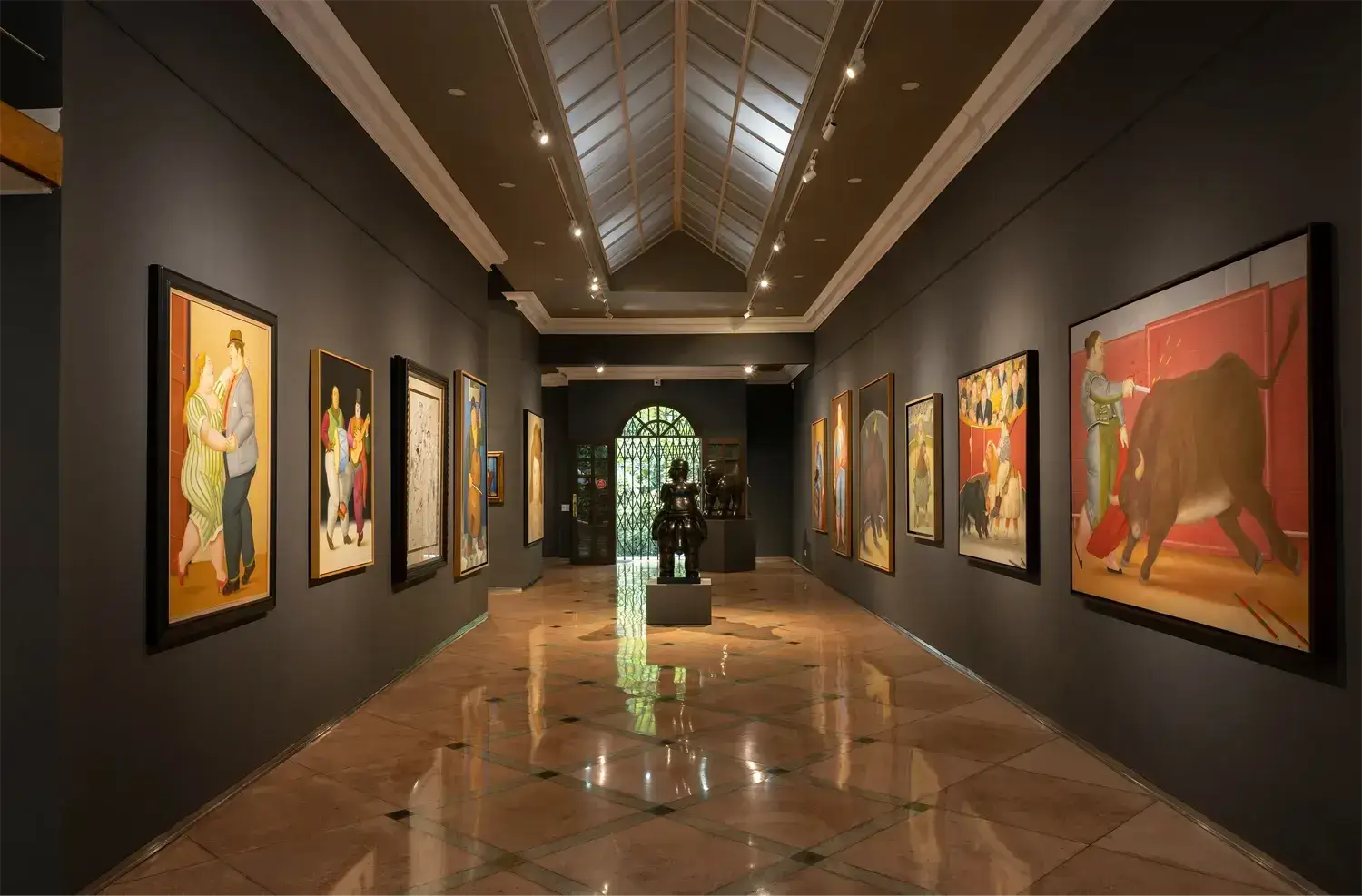
Any admirer of Botero’s work will by fascinated by his constant need to fill each of the voids on the canvas and all the other characteristics that a

Colombia has been the birthplace and home of many artists whose narratives have shaped the country’s art scene and resonated beyond its borders. In t
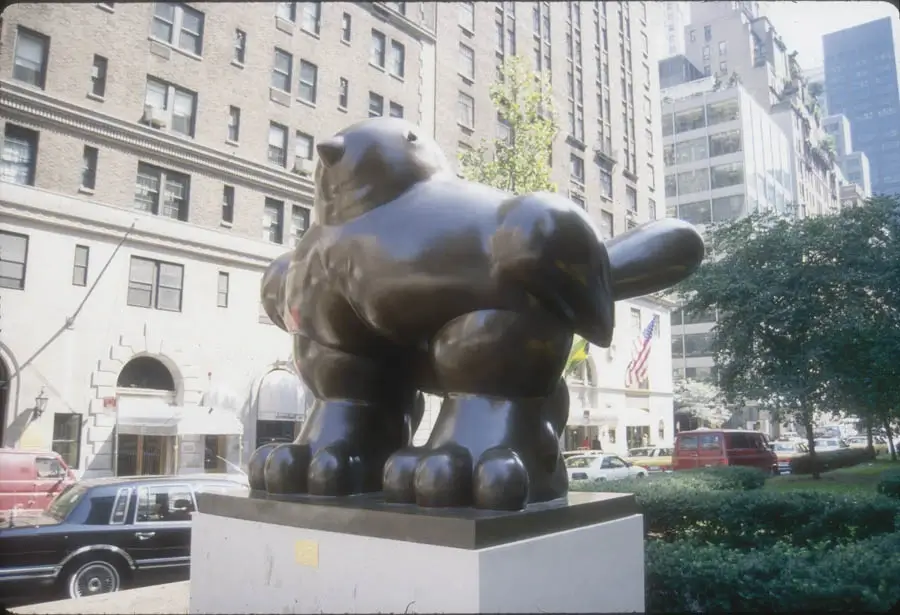
With his distinctive style that challenges dimensions and his unique look about the world around him, Botero emerged as one of the most influenti
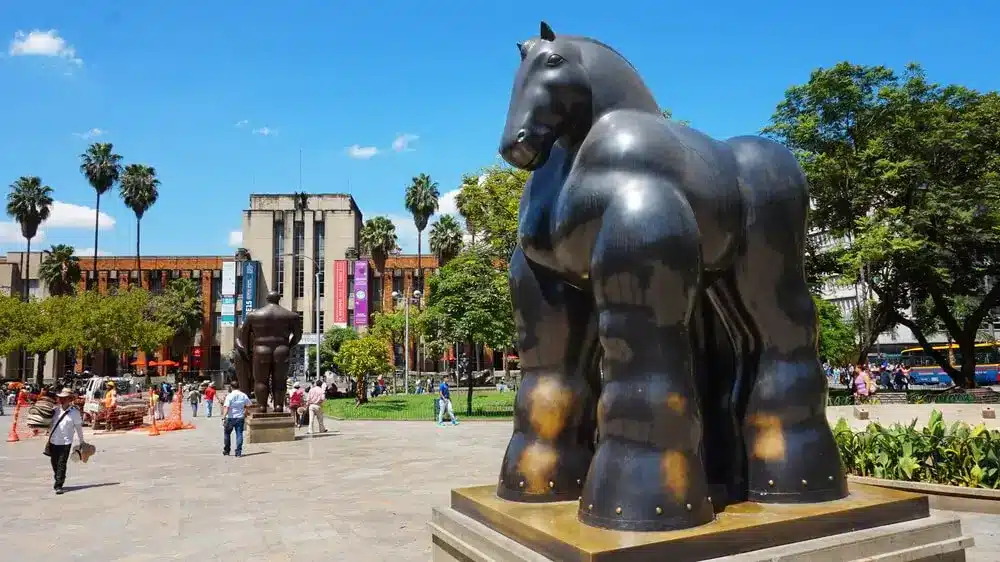
In Colombia’s artistic panorama, sculpture is consolidating its position as a singular means of expression, capable of transmitting the richness of
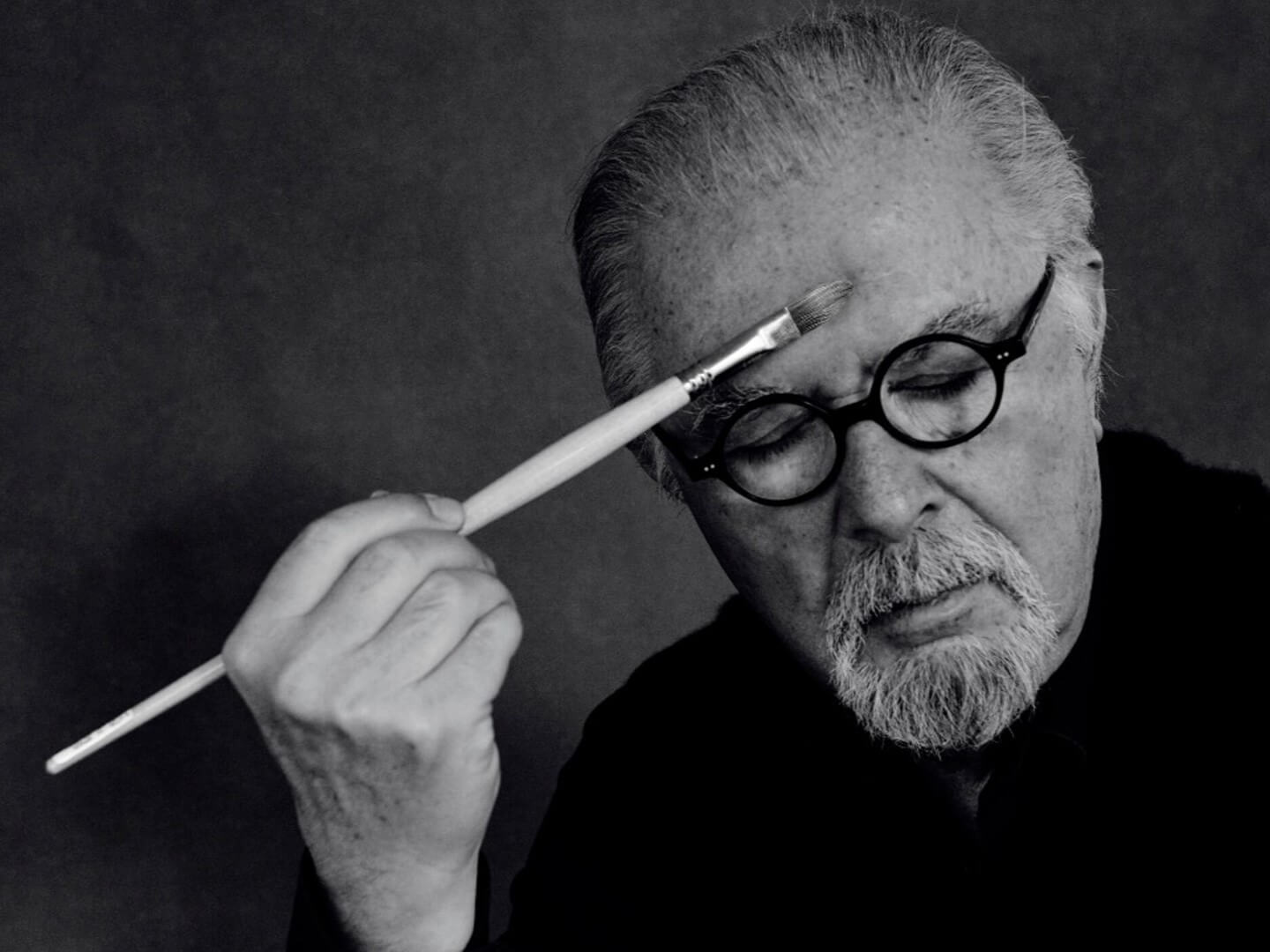
Art is in mourning.The sadness of this event overwhelms us and leaves us speechless.Maestro Botero, who for years kept us feeling his essence and h
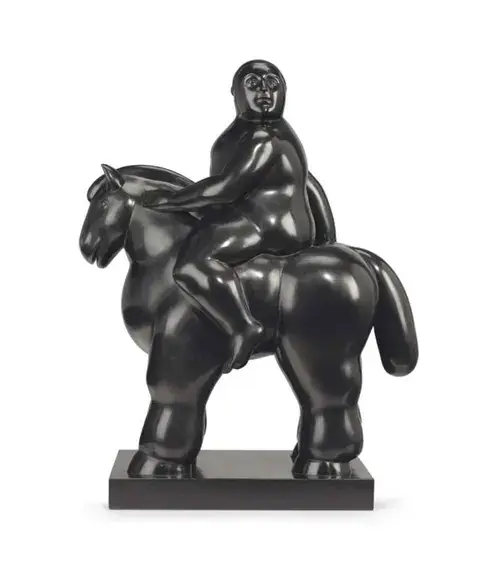
Fernando Botero is one of the most sought-after artists in the art market today; in 2022, he broke his own sales record as the highest-valued living
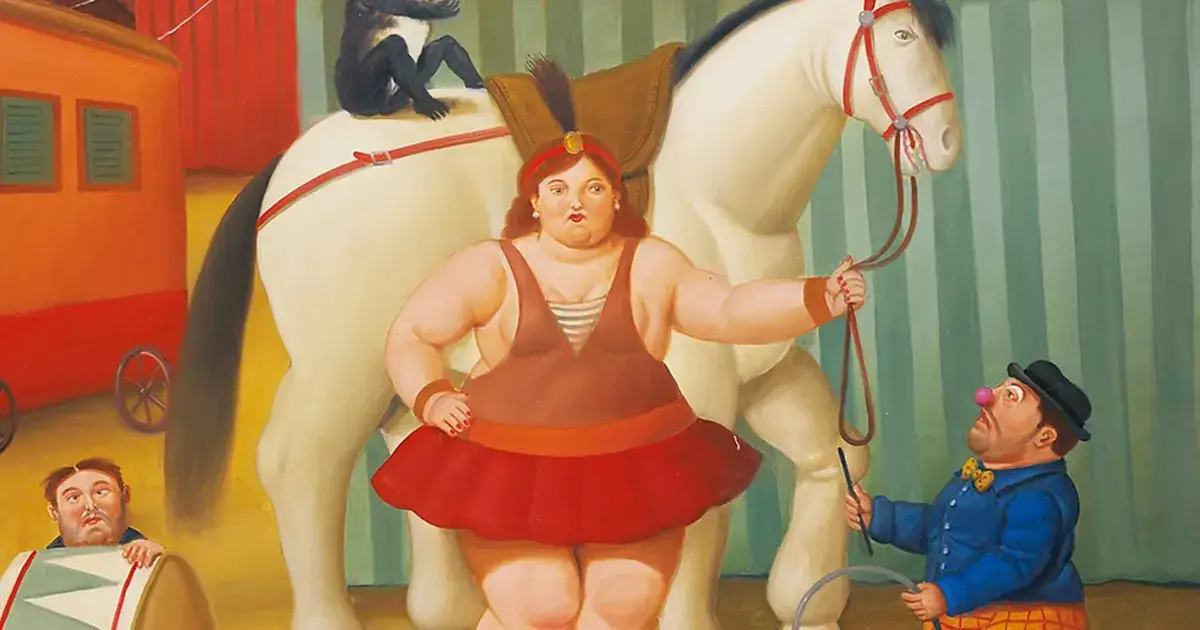
Fernando Botero’s “El Circo” series is a collection of paintings that capture the essence and atmosphere of the circus world. Through his characteris
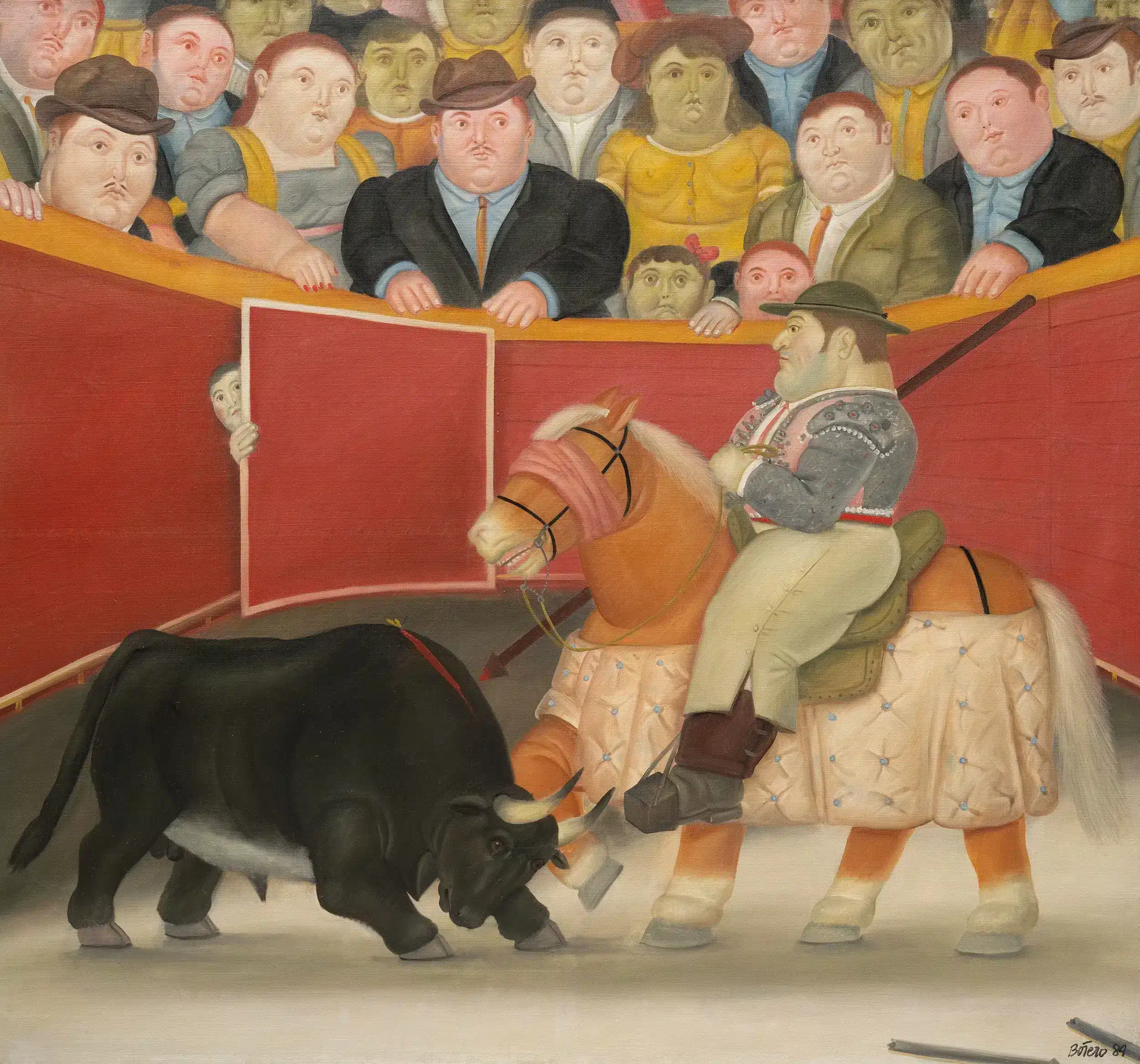
Fernando Botero was been very fond of bullfighting. In his childhood, he spent hisdays studying bullfighting outside bullrings and immediately began

Excerpts from the text by Christian Padilla The young Botero was afraid of the duel to the death between man and beast, which always ends with a t
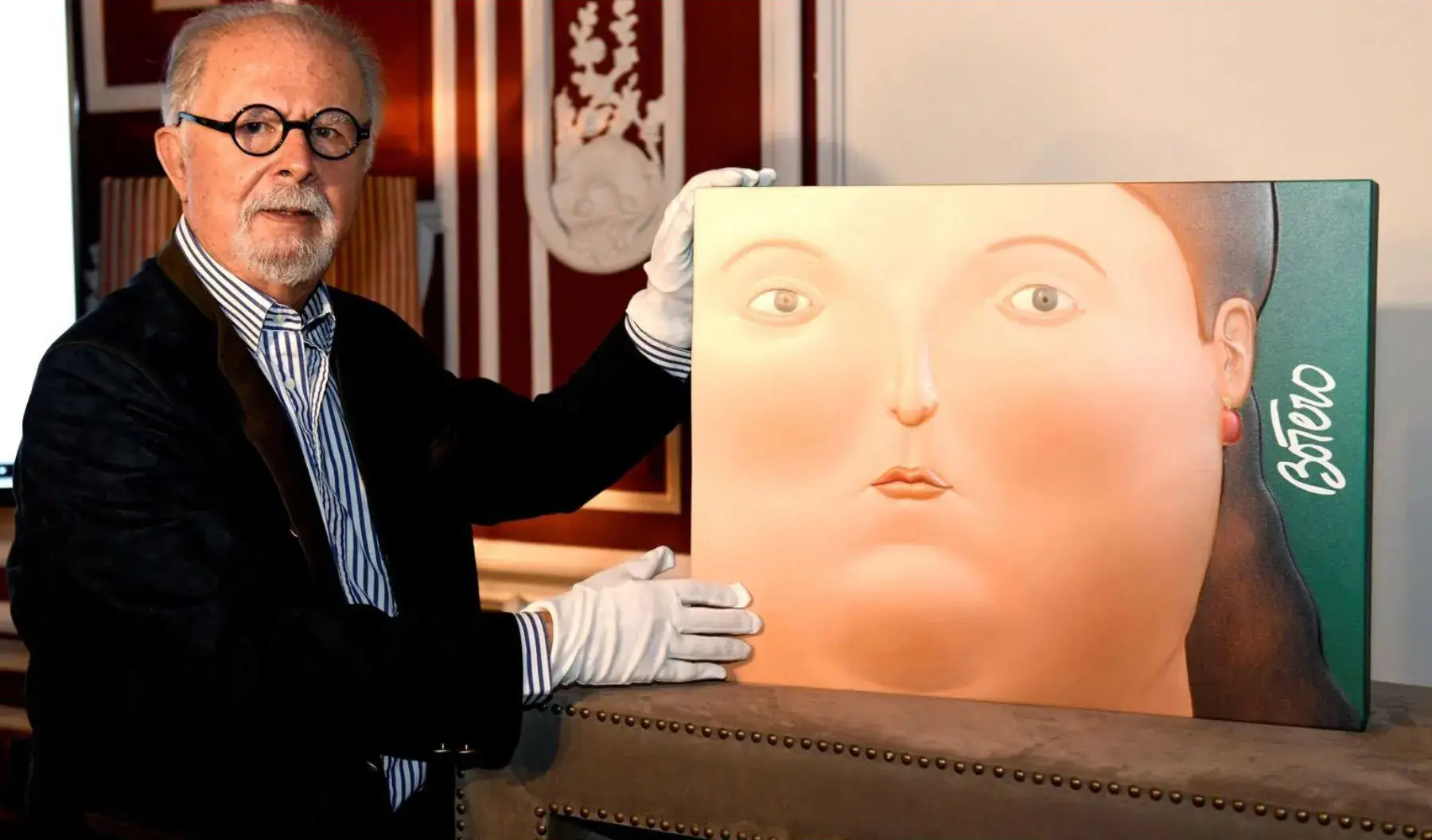
Fernando Botero is one of the most well-known artists in Art History and the most easily recognizable living artist. He was born in Colombia in 1932
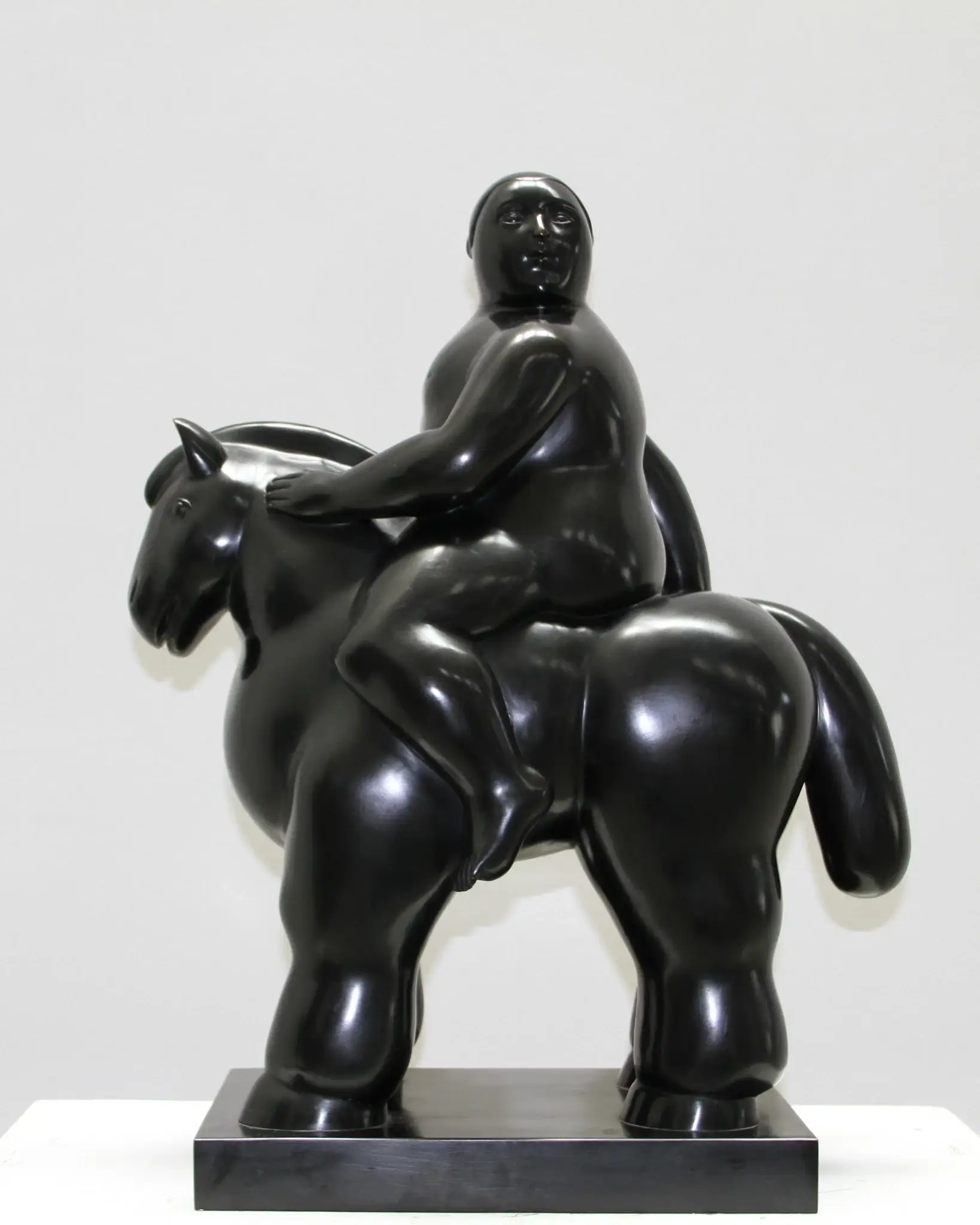
Without a doubt, Fernando Botero is one of the most sought-after artists in the art market today; in 2022, he himself broke his own sales record as t
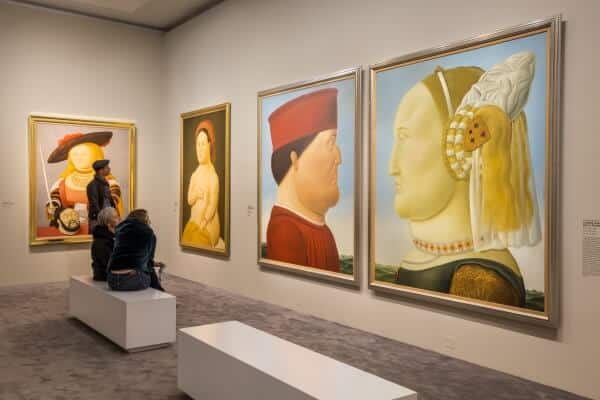
On November 24, 2017 until March 11, 2018 at the Hôtel de Caumont in Aix-en-Provence, the exhibition “Botero, dialogue avec Picasso” took place: an e


Social number: (504)3524065
Physical address: Cr 37 #10a-34
Contact e-mail: [email protected]
Mailing of judicial notifications: [email protected]
© Galería Duque Arango, All rights reserved.